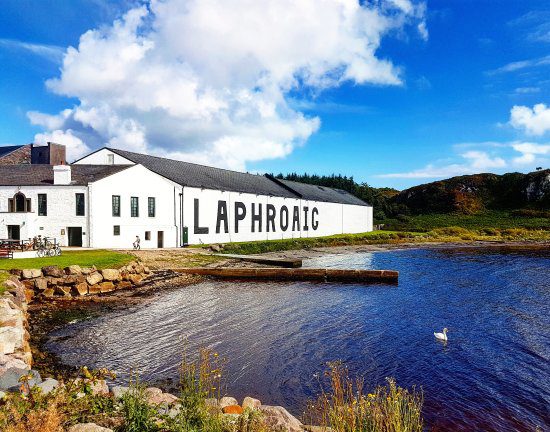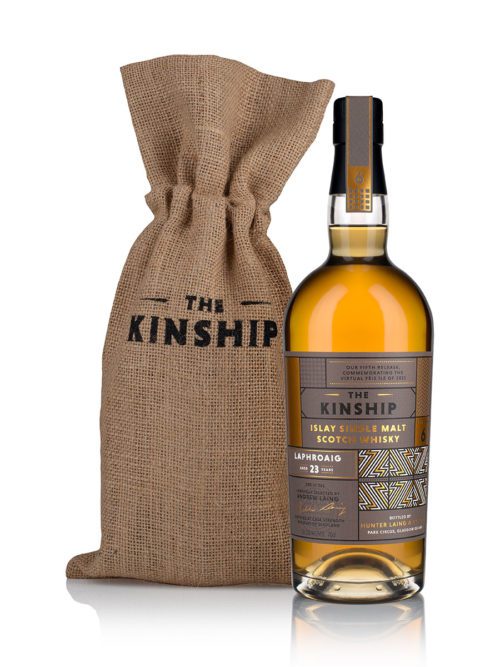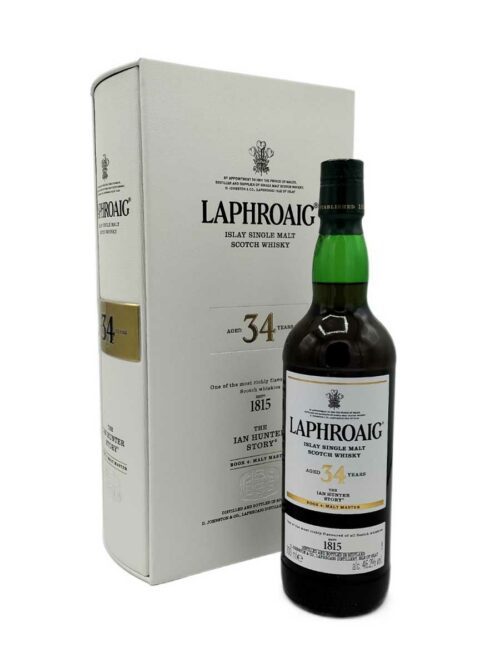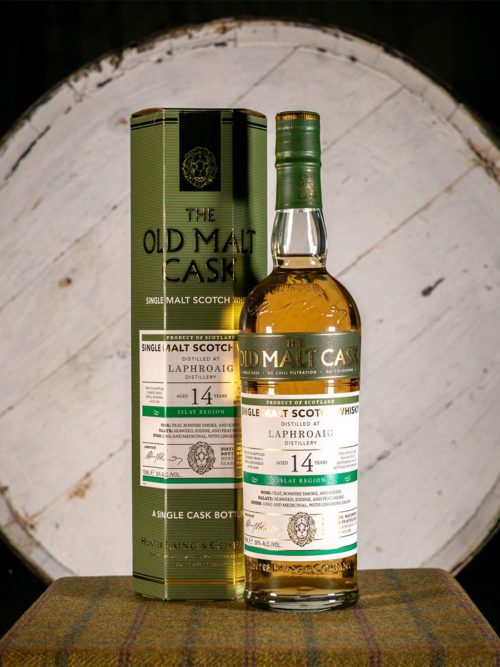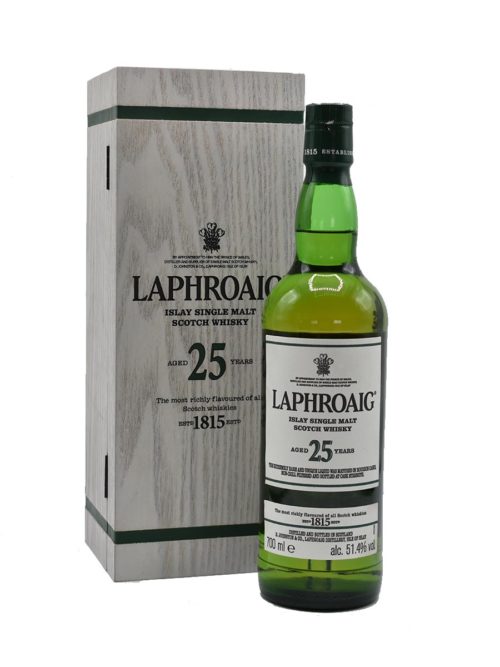History of Laphroaig Distillery
For the vast majority of its history Laphroaig was a family run distillery, owned and managed by the Johnstons. It was founded in 1815 by brothers Alexander and Donald Johnston on the southern end of Islay. Donald became the sole owner of the distillery when he bought out his brother in 1936. Eleven years later he was killed in an accident while working at the distillery. This led to an interim period where the Johnston’s weren’t in charge, with Walter Graham from Lagavulin taking over management for ten years.
Dougald Johnston, Donald’s son, took over in 1857 and ran it for the next 20 years. After his death in 1877 his sister Isabella and her husband Alexander, who was also their cousin, took charge. Alexander Johnston’s sisters became the owners on his death in 1907. The last member of the Johnston family to control Laphroaig was Ian Hunter, who started working there in 1908 to help his aunt and mother, and took over in 1928.
The world’s relative unfamiliarity with Islay whisky until recently worked to Hunter’s advantage during Prohibition. He was able to continue selling in the US during this time by having Laphroaig classified as a Medicinal Spirit because of the iodine flavours from the peat.
When Ian Hunter died in 1954 away his former secretary Bessie Williamson took over management, and ran it for the next 13 years. Seager Evan & Company bought the distillery in 1967, but Williamson remained on until her retirement in 1972. A celebrated figure in the distillery’s history, Williamson had been gradually selling Laphroaig to Seager since 1962 in order to allow the brand to continue to grow internationally.
The number of stills increased from four to five in 1967, and two more were added in 1972, bringing the distillery to its current total of seven stills. After Seager Evan & Co took over in 1967, Laphroaig changed hands frequently in the years that followed, having been bought four more times since then. Beam Suntory are the current owners since taking over in 2006.
The distillery is equipped with a 5.5 ton mash tun and six stainless steel washbacks. It has an odd number of stills, three wash and four spirit stills. The fourth spirit still is twice the size of the other three. It has a yearly production capacity of 3.3 million litres, though there has long been talk of increasing this to meet demand. Laphroaig is also one of the rare distilleries which retains its own floor maltings. The vast majority of whisky produced at Laphroaig is matured in first fill Bourbon casks, though some Sherry casks are used for certain expressions.
Water for the distillery come from Kilbride reservoir. Laphroaig actually bought the land it sits on after a time in the early 20th century when they were at odds with Lagavulin. The two distilleries fought a series of court cases over water rights, though the relationship is more amicable today.
The core range consists of the Laphroaig Select, which comes without an age statement, the Triple Wood, the Lore, the Quarter Cask, and the 10 year old. The Select is a mixture of whisky from the Quarter Cask, PX Cask, Triple Wood, and the 10 year old. This is light on the peat, making it an easy entry to Laphroaig whiskies. There is a light peat on the nose along with notes of citrus. It takes a back seat to a fruity palate with a hint of spice. There’s some more peat in the finish along with oak notes.
